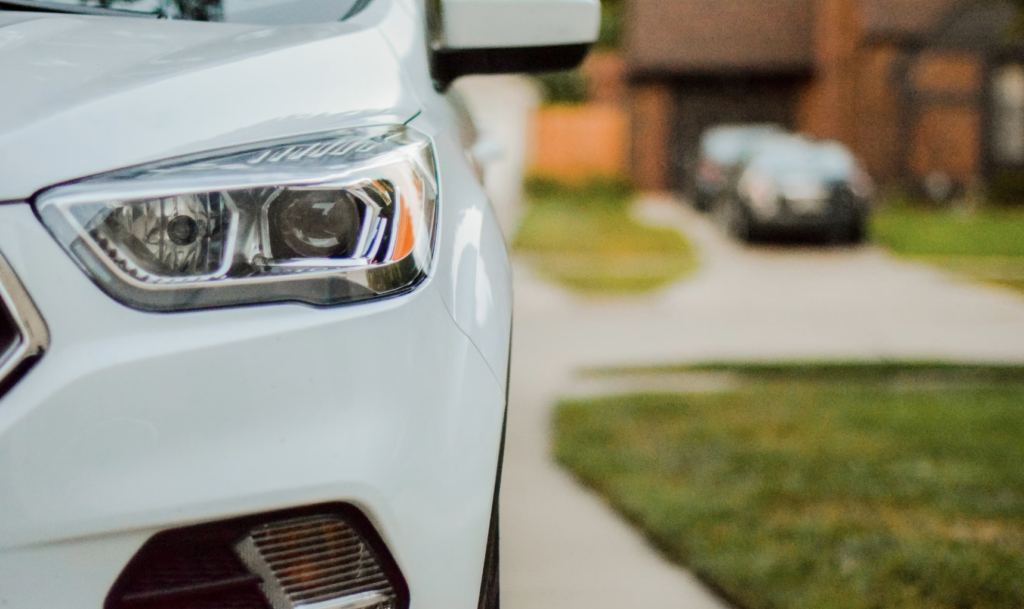The Importance of Proper Concrete Curing for Residential Construction
Concrete is a fundamental building material in residential construction, known for its strength and durability. However, to fully harness these qualities and ensure long-lasting, high-quality structures, proper concrete curing is essential. Curing is the process of maintaining adequate moisture, temperature, and time to allow the concrete to achieve its desired strength and durability. In this blog, we’ll delve into the significance of proper concrete curing in residential construction.

Strength and Durability
The most apparent benefit of proper curing is the enhancement of concrete’s strength and durability. During the curing process, the chemical reactions that cause concrete to harden and gain strength continue. Adequate moisture prevents the concrete from drying out too quickly, allowing these reactions to progress optimally.
Insufficient curing can lead to reduced compressive strength, making the concrete more susceptible to cracking and deterioration over time. Proper curing ensures that your residential structures, from foundations to driveways and walls, remain strong and resilient for years to come.
Minimizing Cracking
One of the most common issues in concrete structures is cracking. Cracks can not only detract from the aesthetics but also compromise the integrity of the structure. Proper curing helps minimize cracking by preventing rapid moisture loss, which is a primary cause of surface cracks. When concrete dries too quickly, it tends to shrink, leading to these unsightly surface blemishes.
By maintaining consistent moisture levels during the curing period, you significantly reduce the risk of cracking, preserving the appearance and longevity of your residential projects.
Improved Surface Finish
Whether it’s a beautifully polished concrete floor or a smooth driveway, the surface finish of concrete plays a crucial role in the overall aesthetics of a residential project. Proper curing contributes to a more uniform and aesthetically pleasing surface.
When concrete cures slowly and uniformly, it produces a smoother and more even surface, reducing the need for additional finishing work such as grinding or patching. This not only saves time and money but also ensures a better final appearance.
Enhanced Resistance to Environmental Factors
Residential structures face a wide range of environmental factors, including temperature fluctuations, moisture exposure, and freeze-thaw cycles. Properly cured concrete is better equipped to withstand these challenges.
Adequate curing promotes the development of a dense, impermeable surface that is less susceptible to moisture intrusion and chemical penetration. This enhanced resistance to environmental factors helps protect your residential structures from damage and deterioration over time.
Cost Savings
While it may seem like an additional step, proper concrete curing can ultimately lead to cost savings in residential construction. By reducing the likelihood of cracking and surface defects, you can avoid costly repairs and maintenance down the road. Additionally, structures that achieve their intended strength more reliably can lead to fewer structural issues and lower maintenance costs over time.
Conclusion
In residential construction, the importance of proper concrete curing cannot be overstated. It is a critical step in ensuring the strength, durability, and longevity of concrete structures. By investing the time and effort in proper curing techniques, you can not only enhance the performance and aesthetics of your residential projects but also enjoy cost savings and peace of mind knowing that your structures are built to last.


